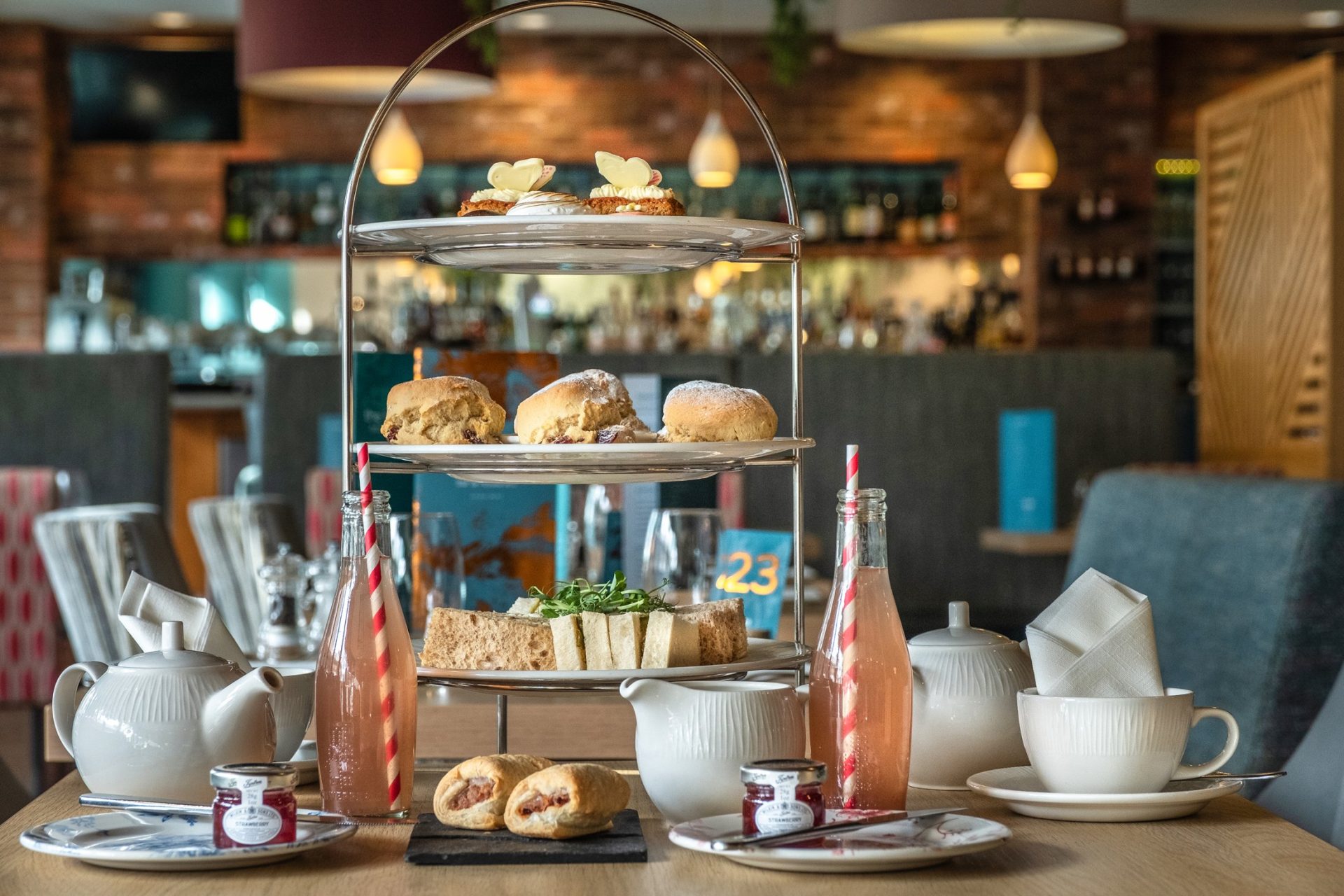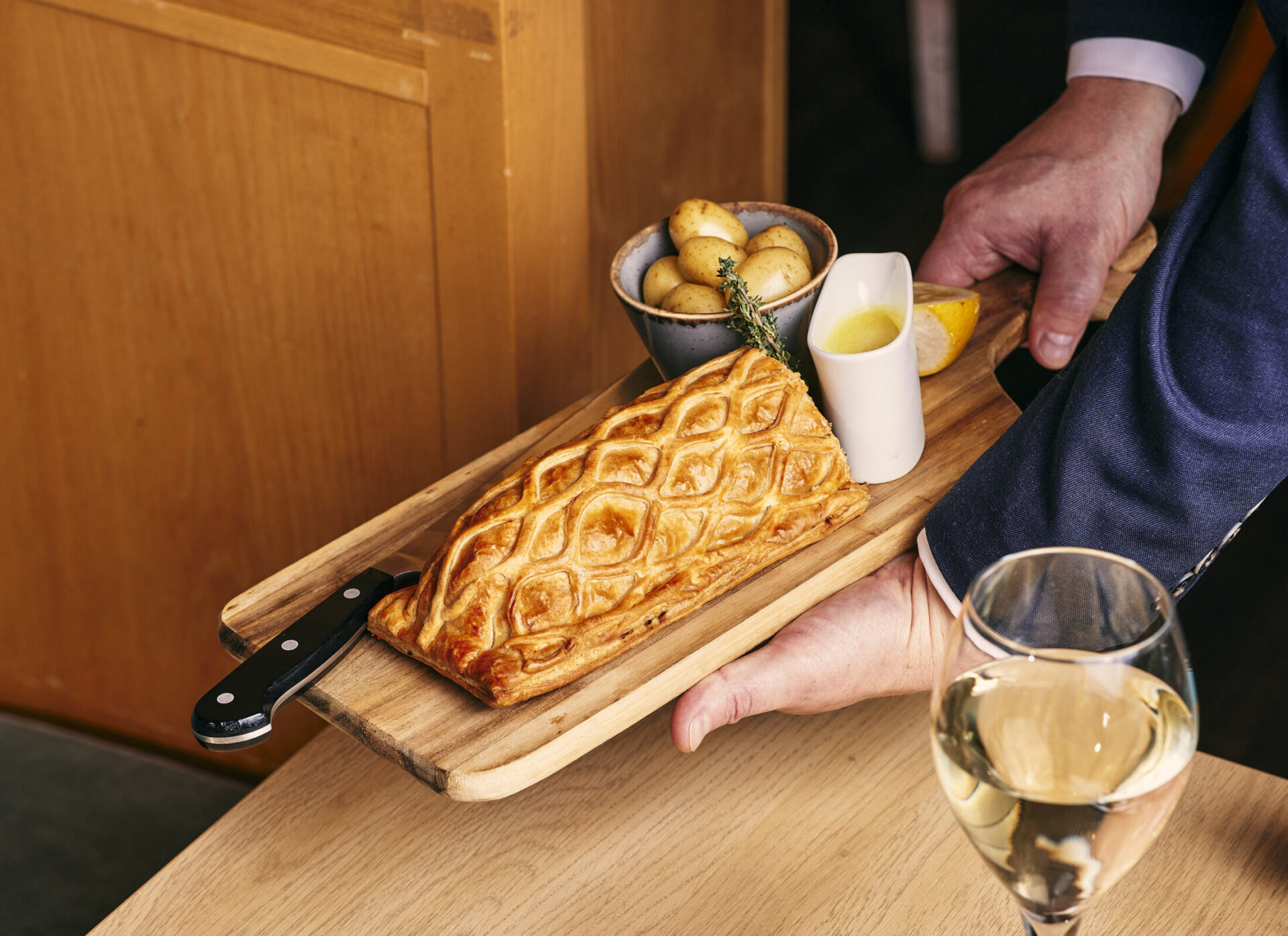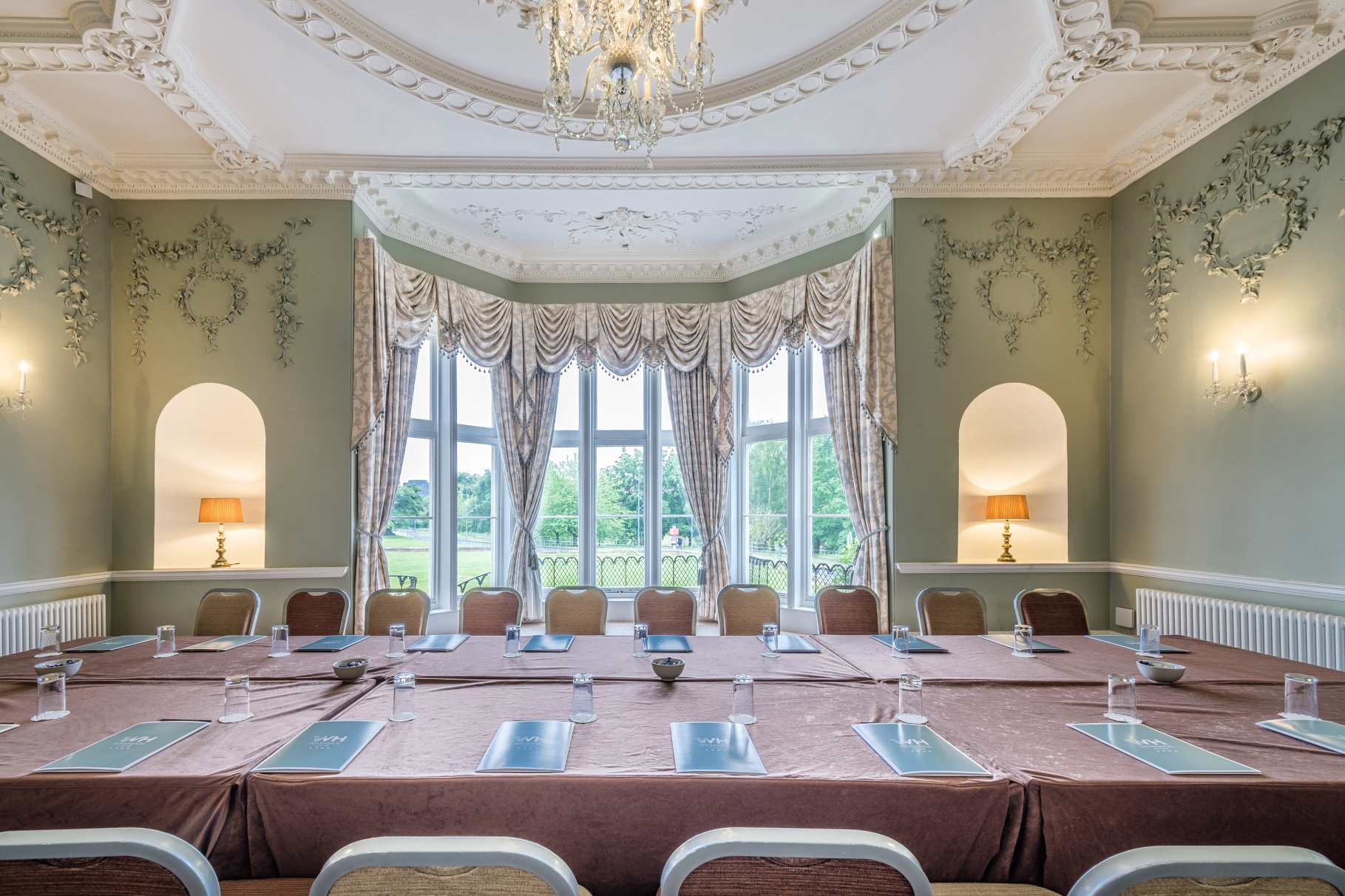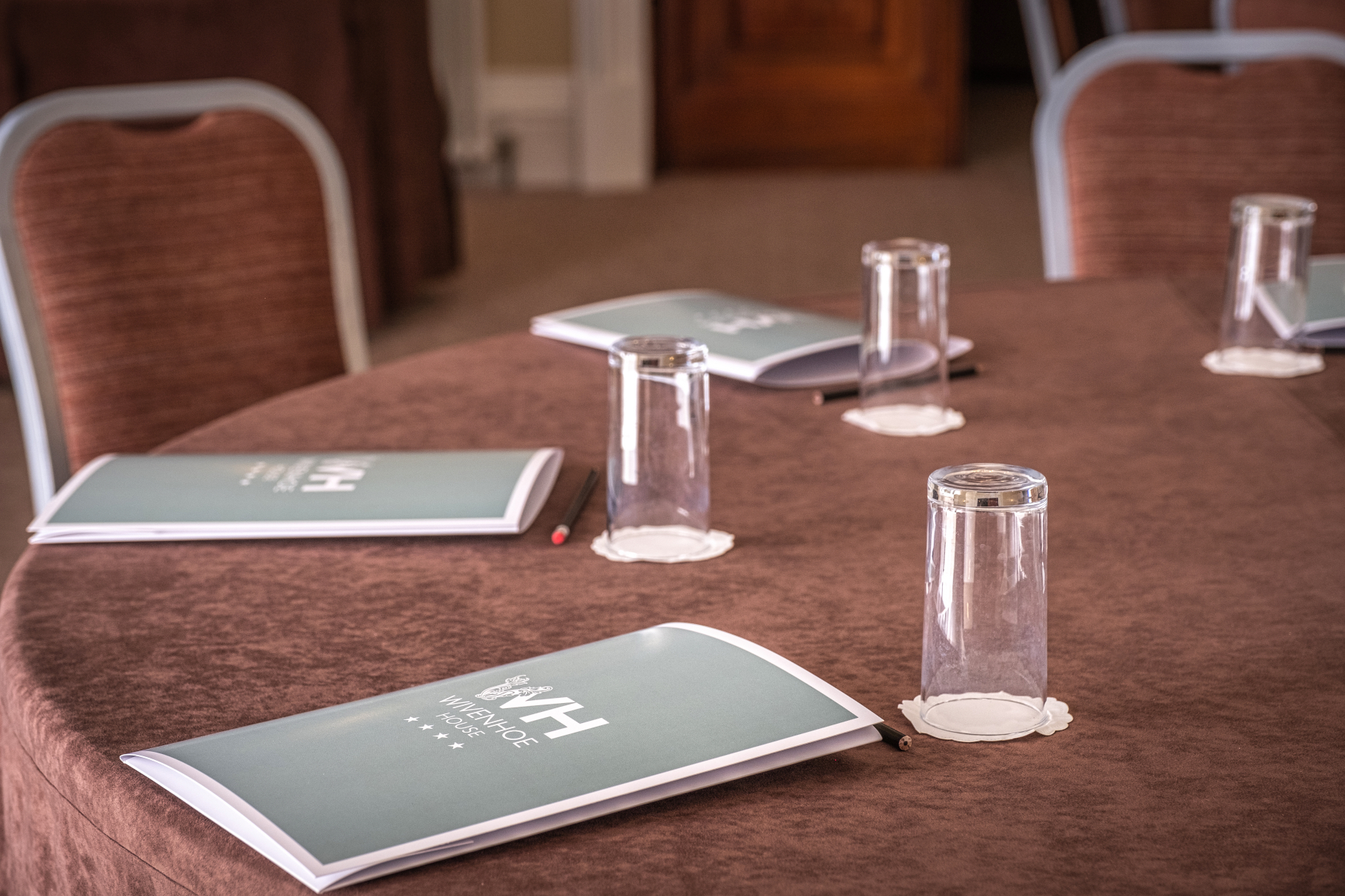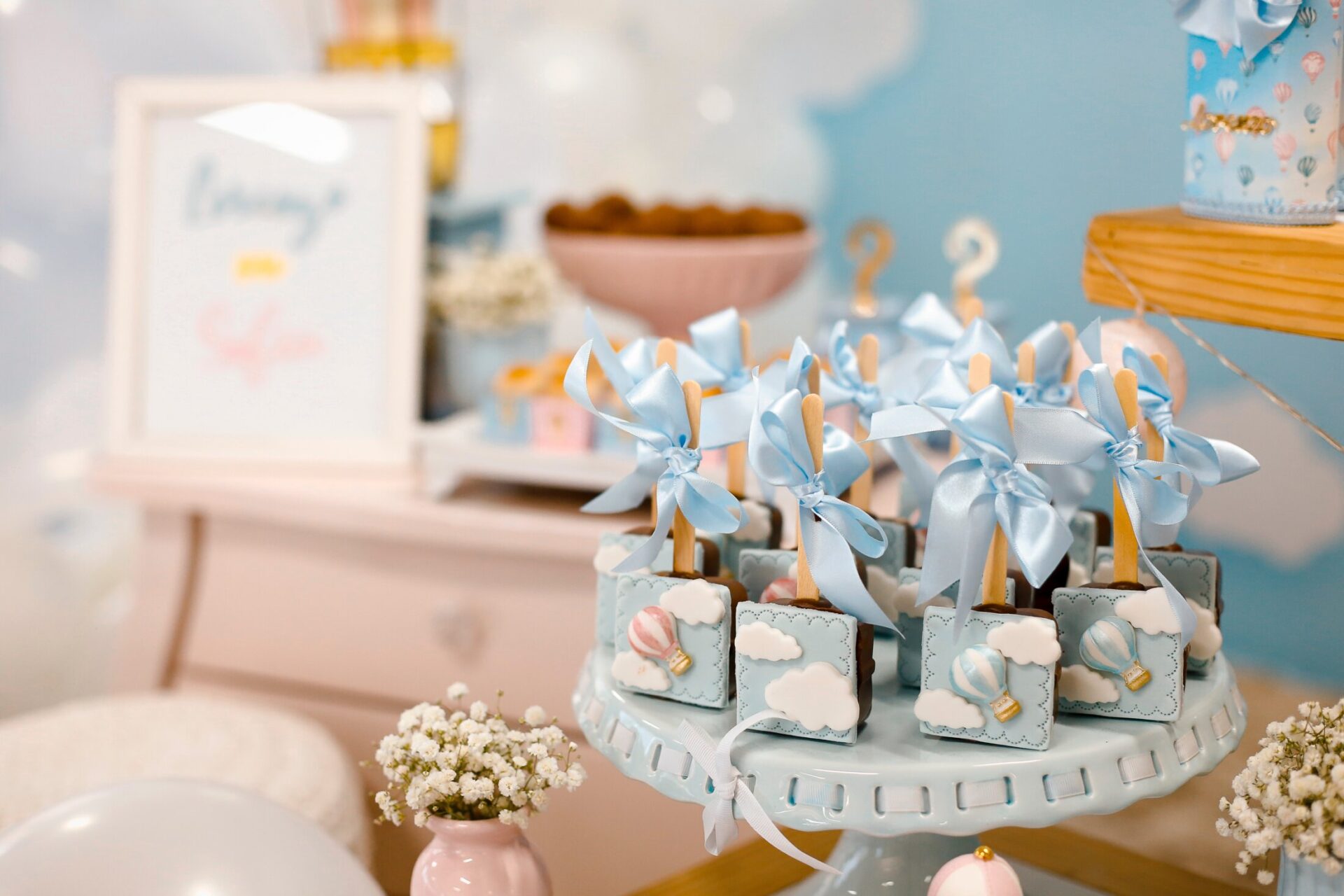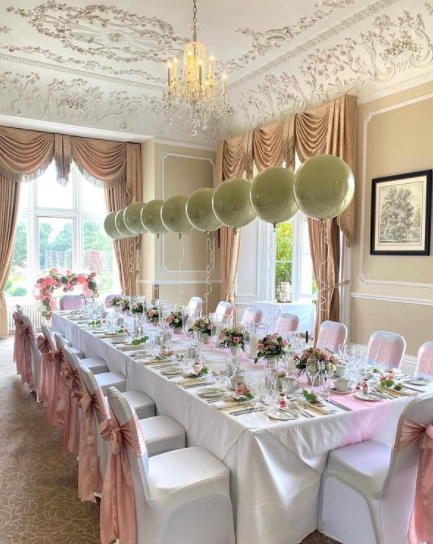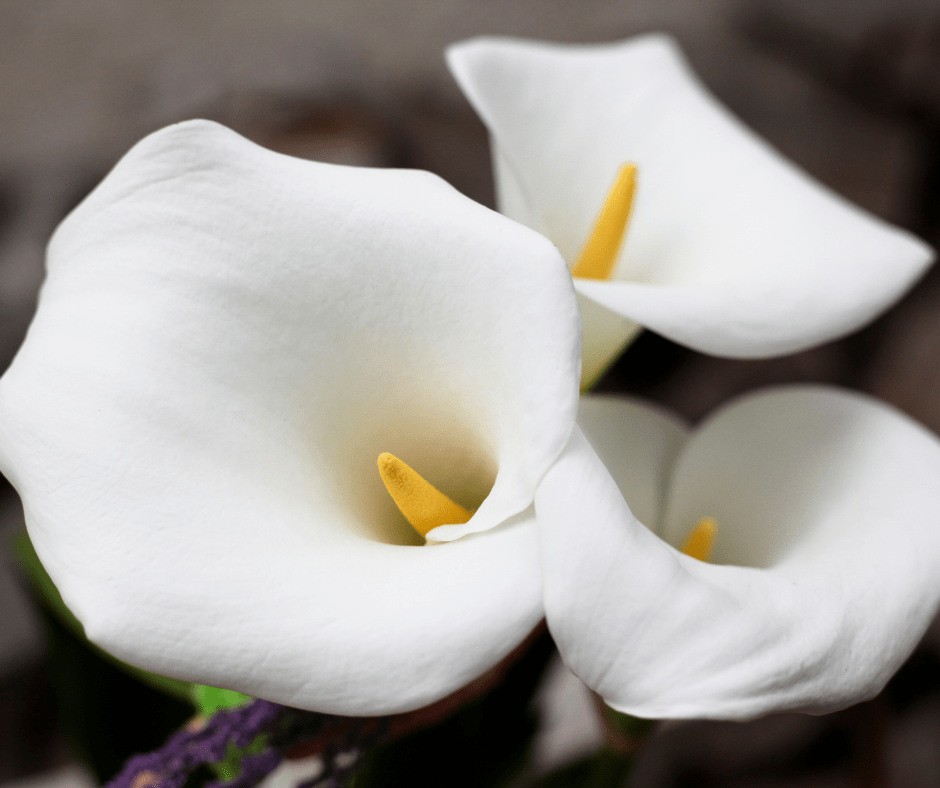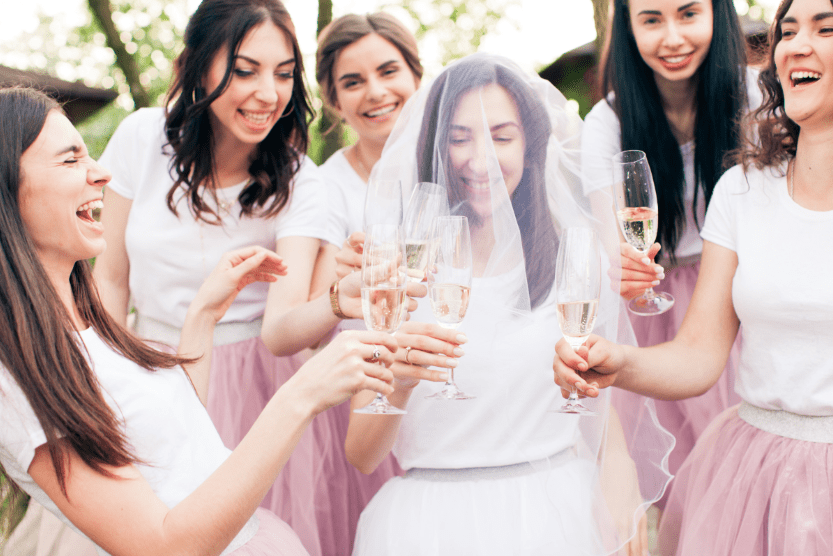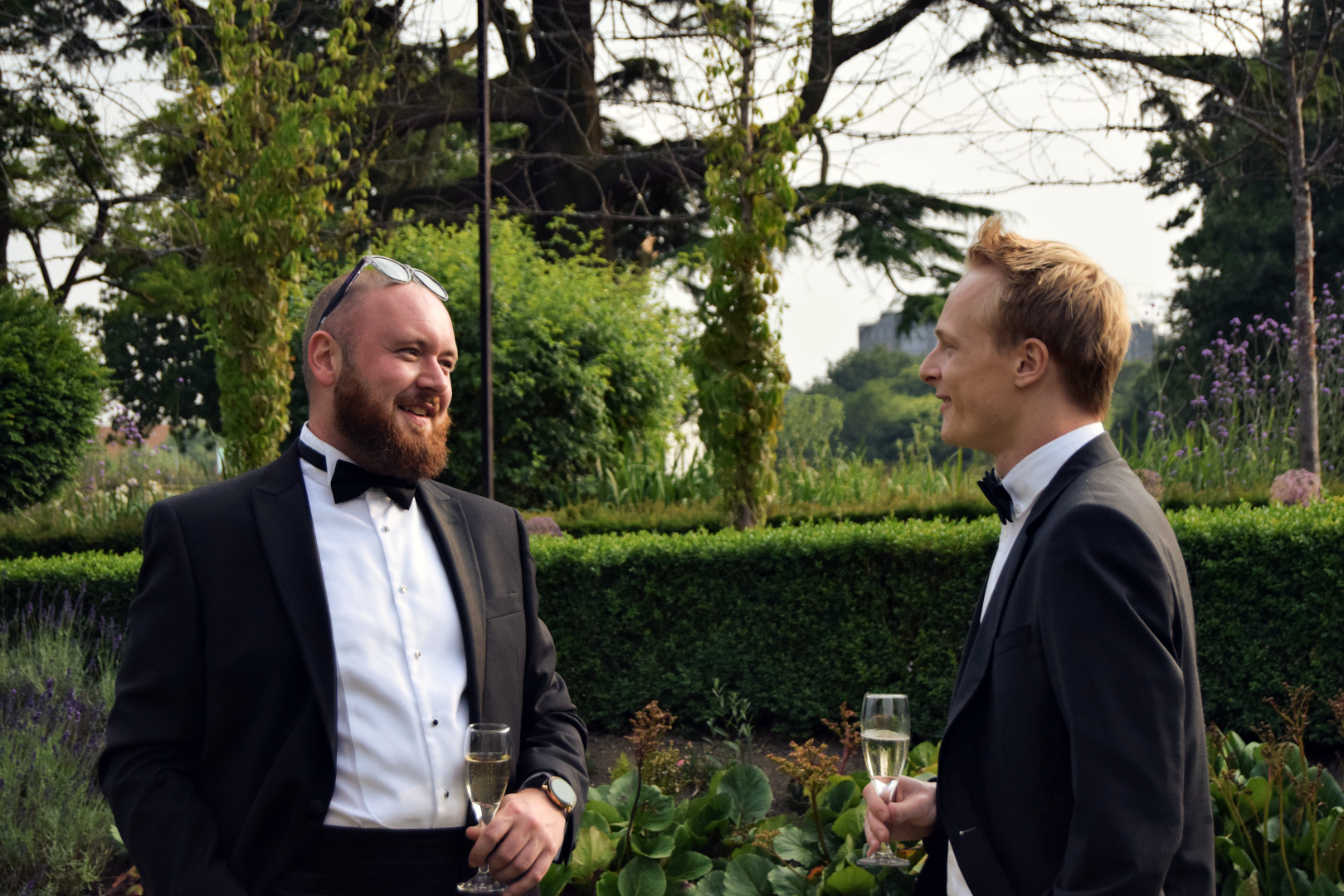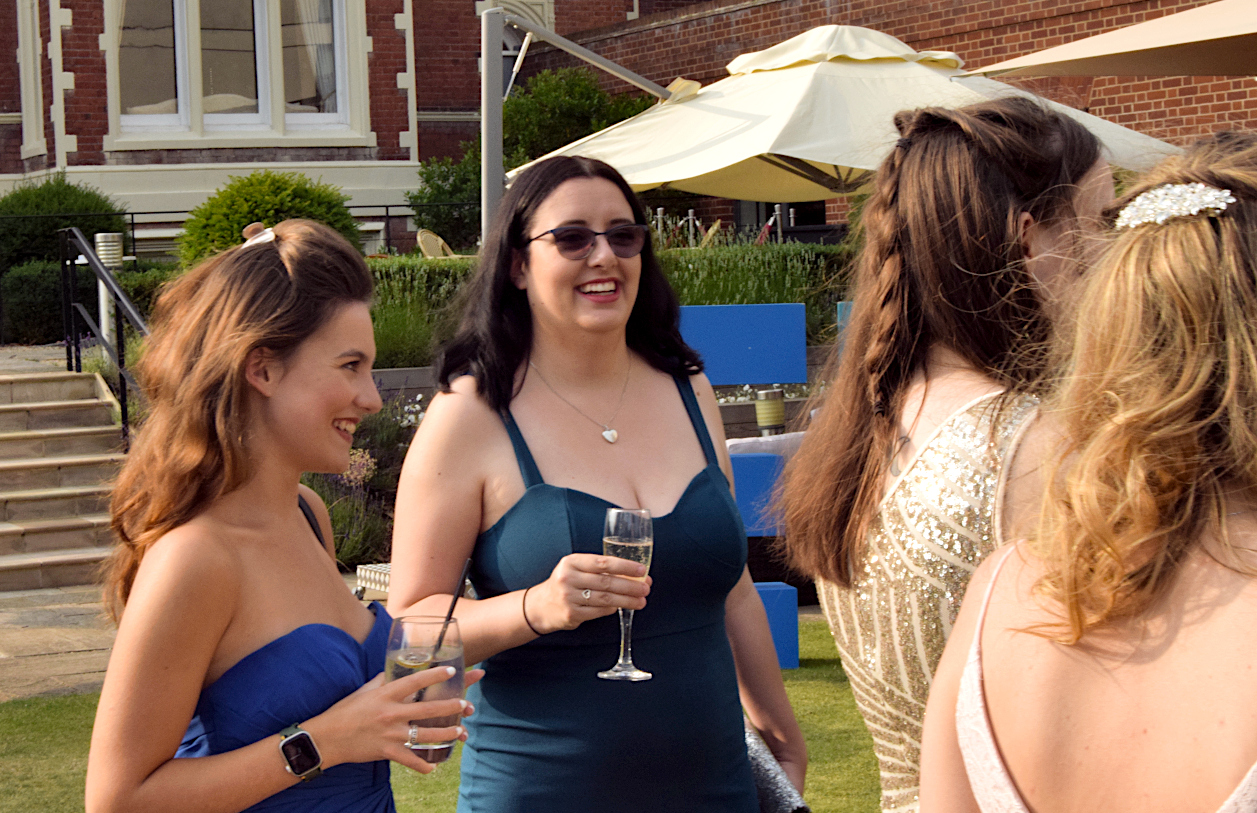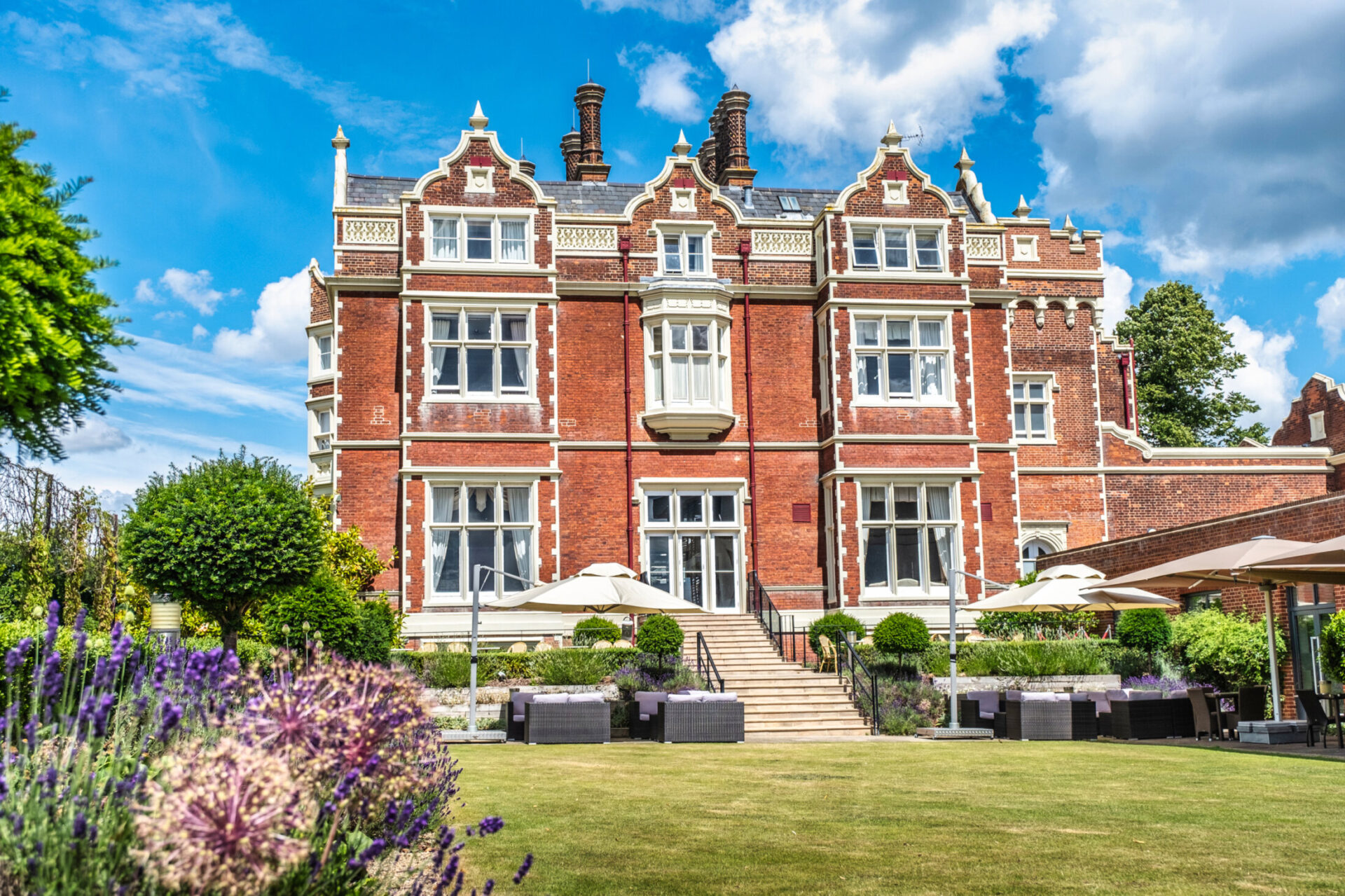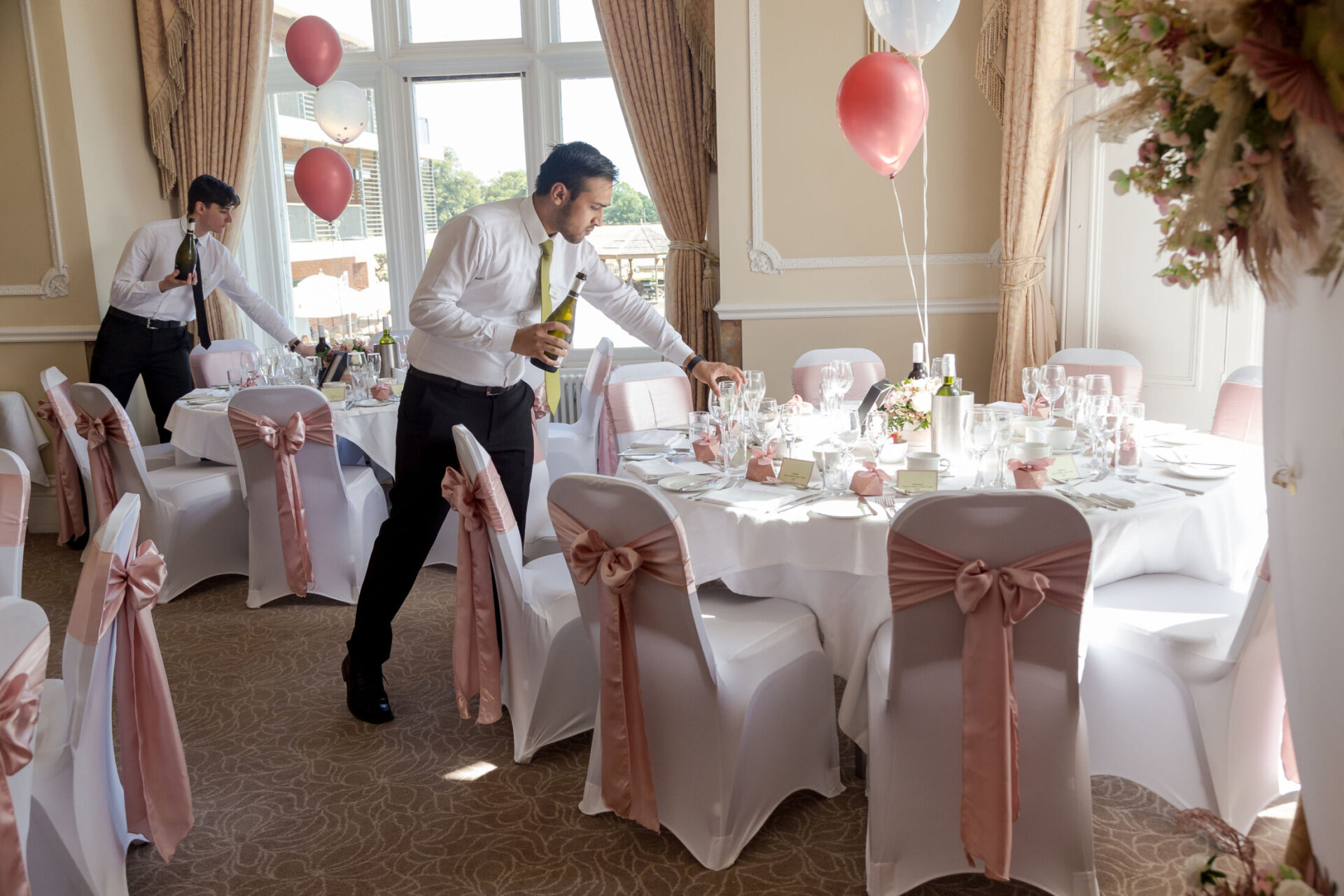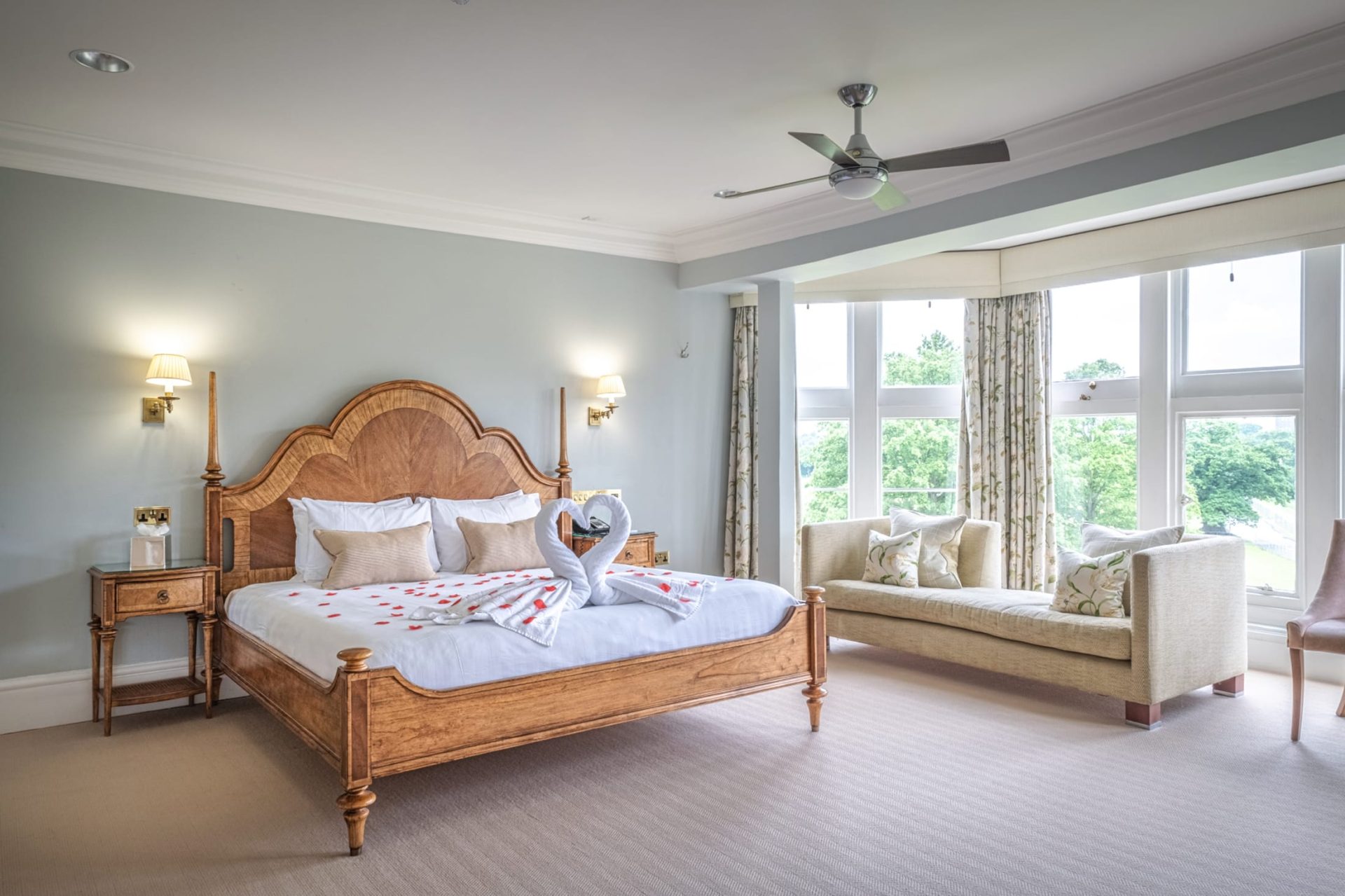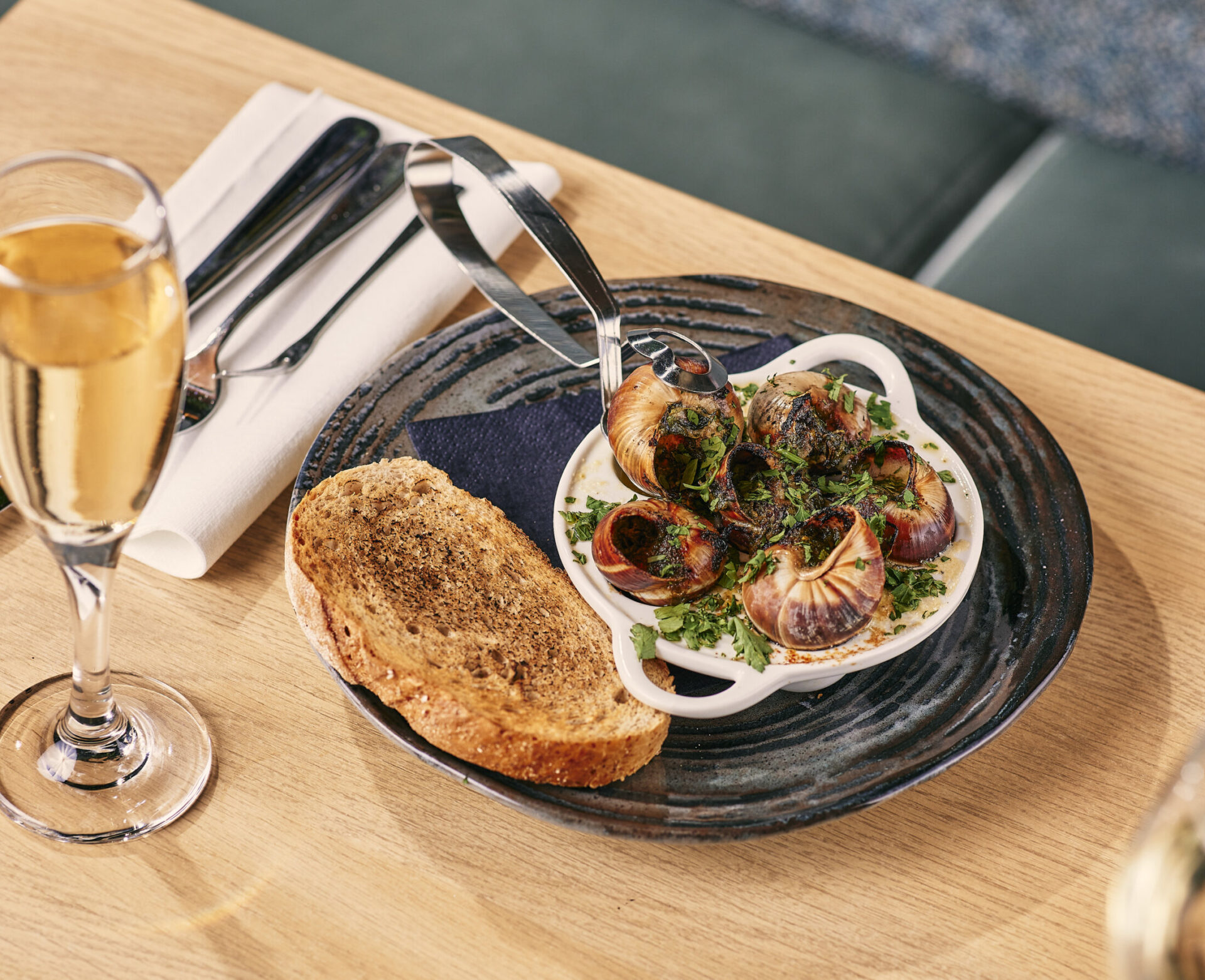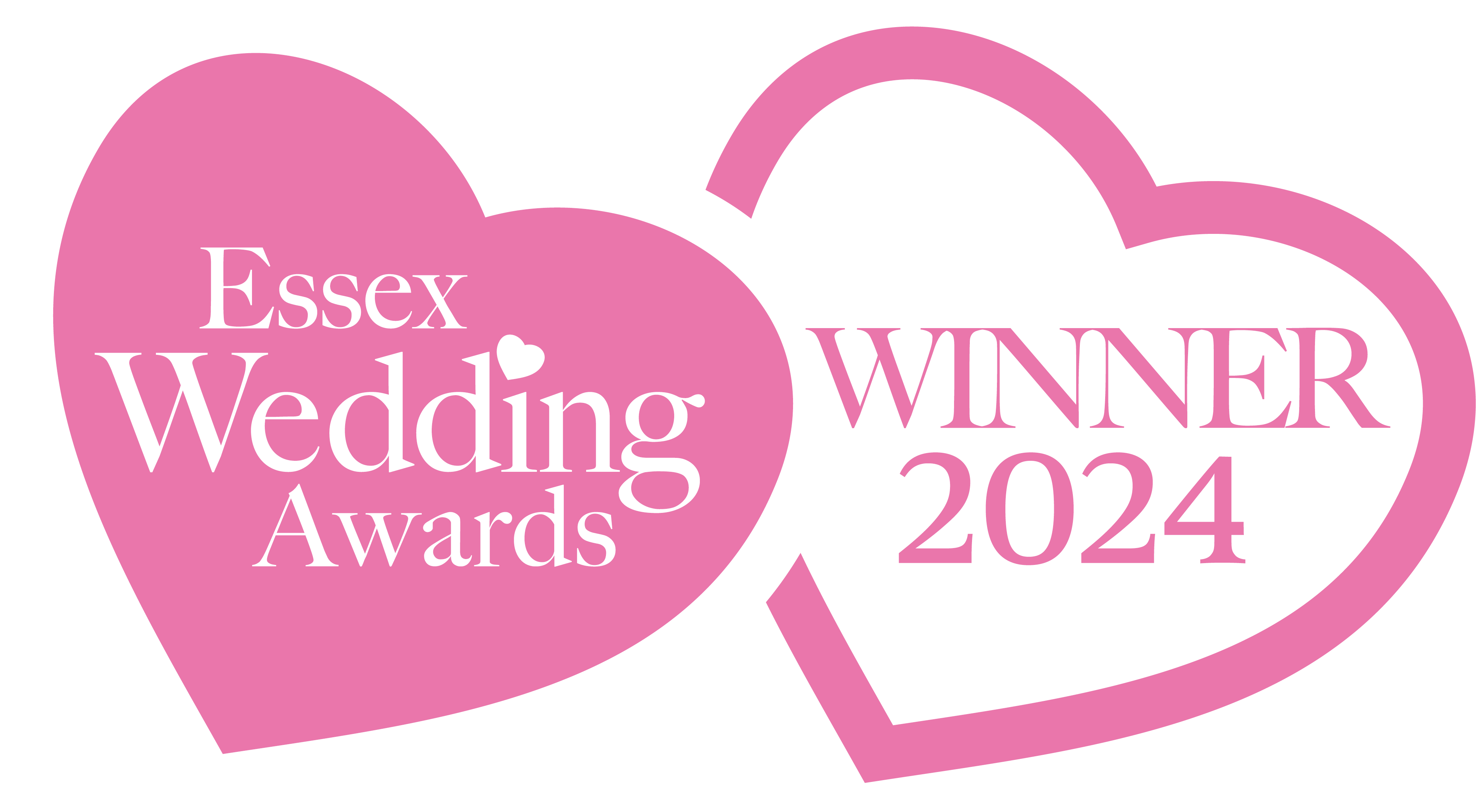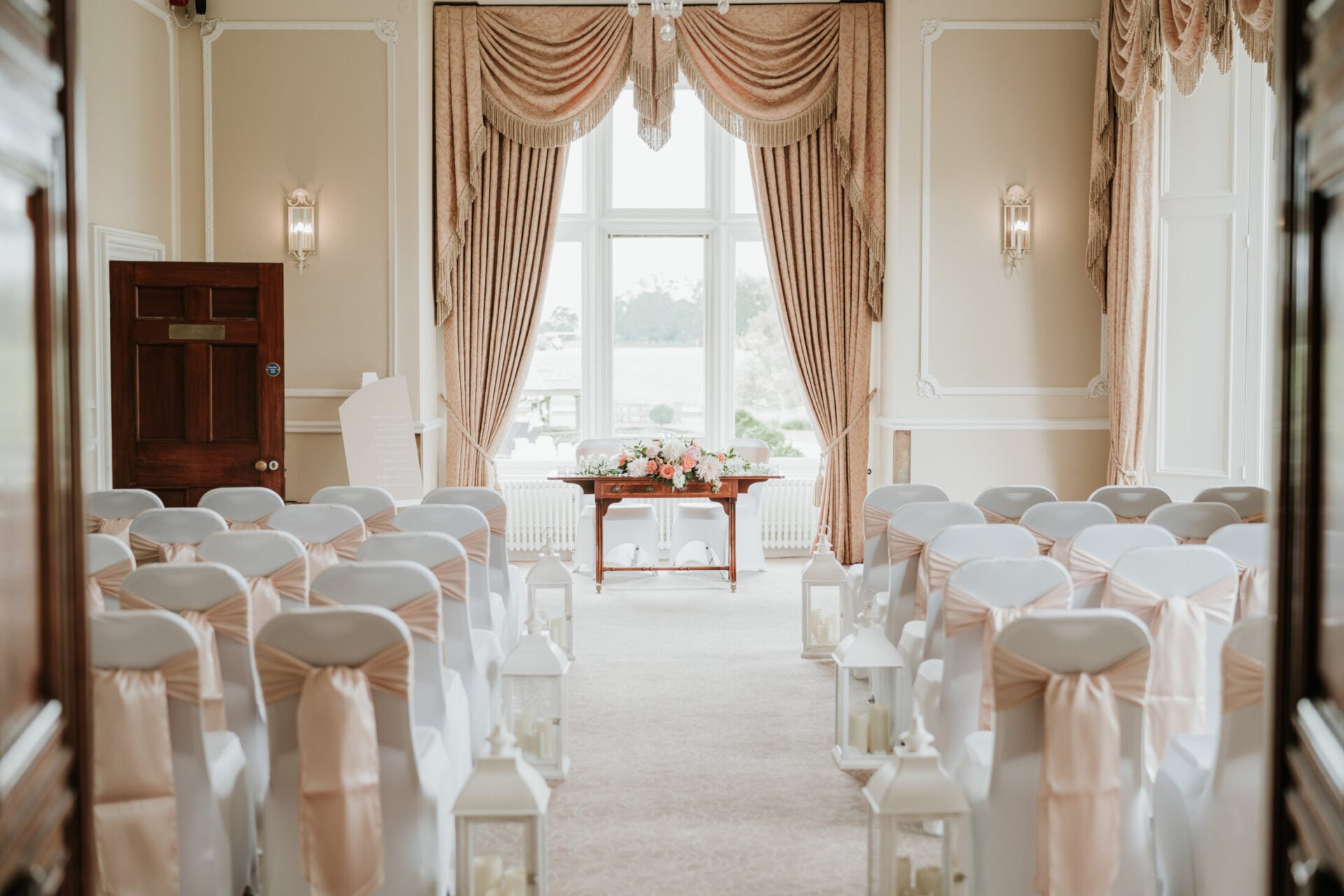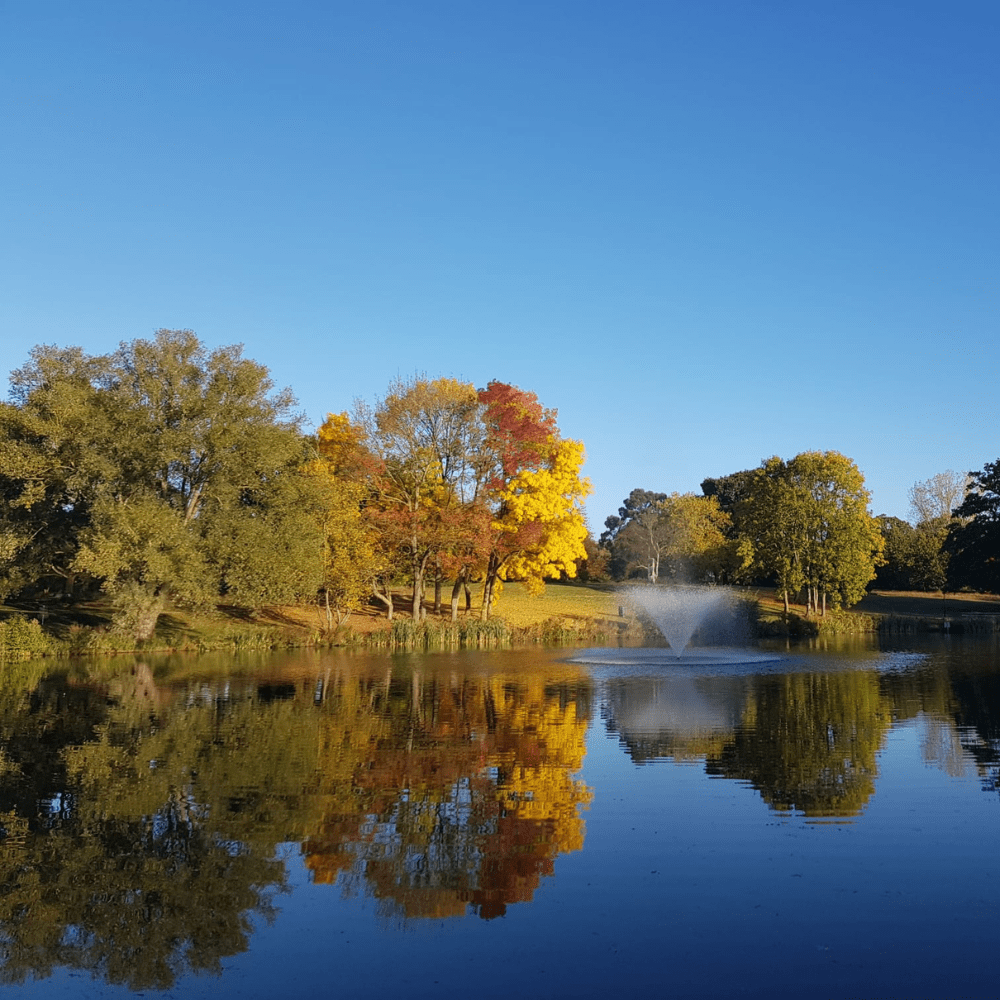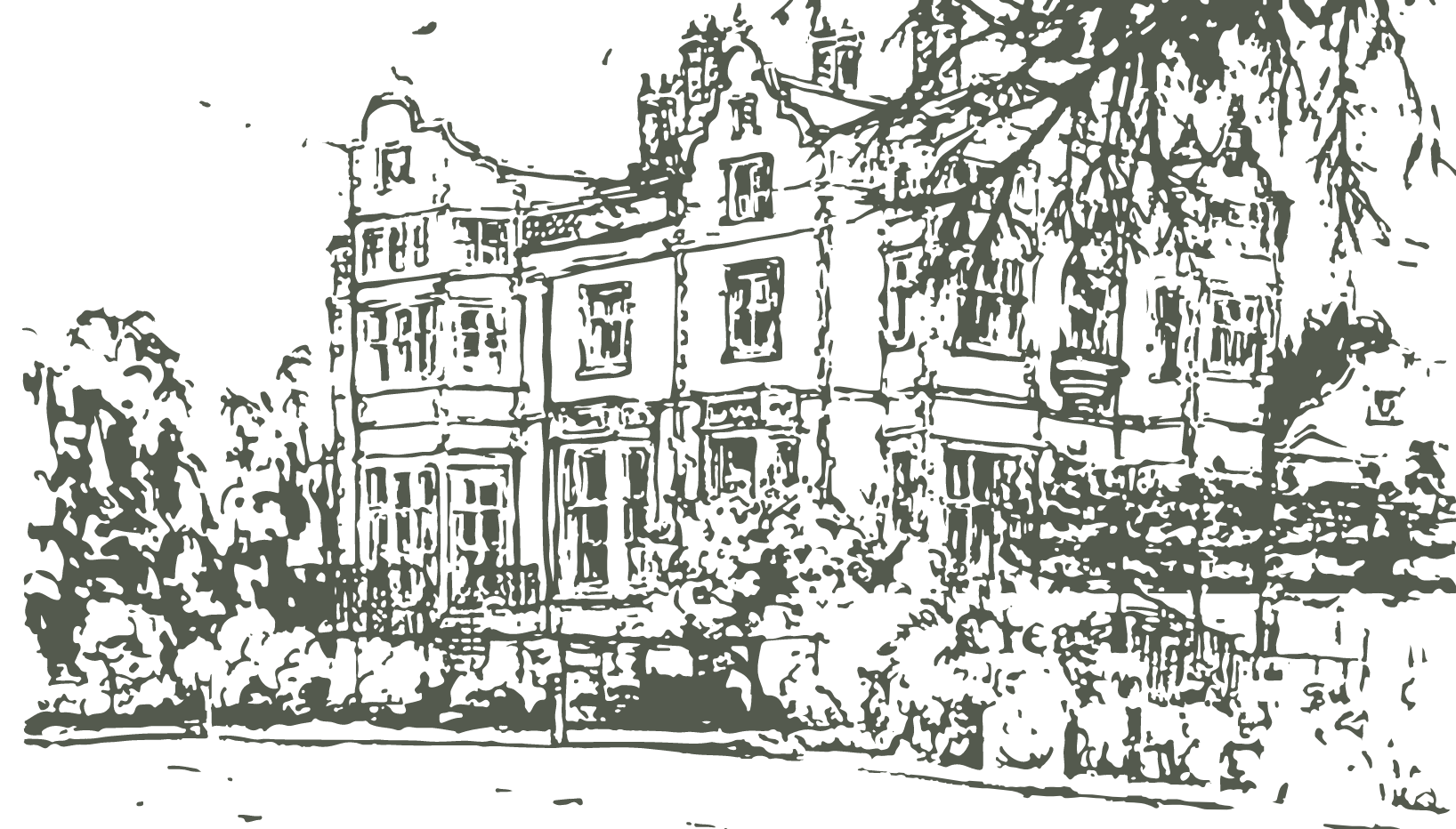
Wivenhoe House
Escape to Wivenhoe House
a beautiful four-star hotel in Colchester on the Essex, Suffolk border
Step into a world of relaxed luxury at Wivenhoe House Hotel in Colchester. Whether you’re enjoying a long-awaited romantic getaway, spending some quality time with friends and family, away on business or looking for a romantic wedding venue, the beautiful landscape and surrounding attractions will have you wishing you’d booked to stay another night.
Unpack your bags and settle into one of our historic rooms in the Main House, each decorated in their own unique style to make your stay just that little bit more special. Alternatively, experience the modern luxury of our contemporary rooms in the Garden Wing, some with their own balcony to enjoy a glass of bubbles and take in the views.
We welcome residents and locals alike to enjoy delicious, locally sourced food in our brasserie, or simply relax with a glass of wine or a cocktail in our bar or outside terraces.
Our team, including those from Edge Hotel School, are our biggest asset. Together, we will ensure you have a great stay with us, from your first step through the door until we wave you goodbye.
Book our Colchester Hotel online or contact us today.
